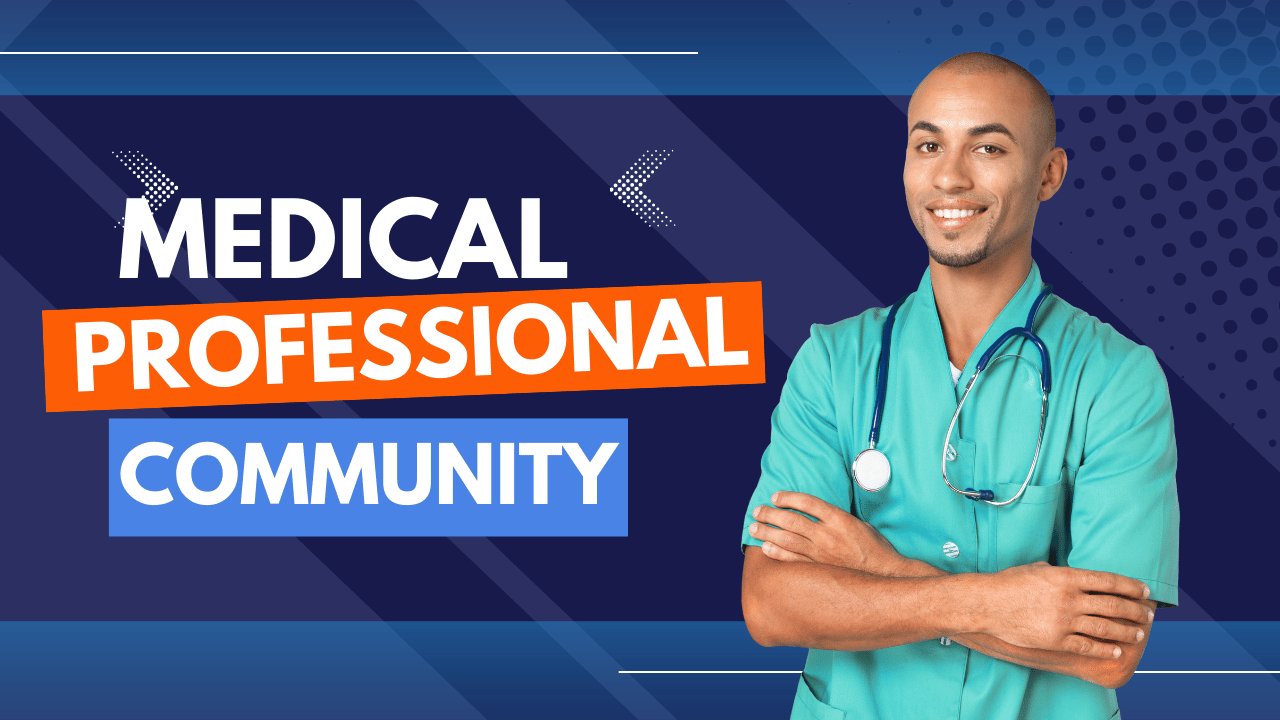Building a Strong Medical Professional Community for Better Healthcare Outcomes
A robust medical professional community plays a pivotal role in the continuous improvement of healthcare. It fosters collaboration, knowledge-sharing, and innovation among healthcare professionals, ultimately benefiting patients. This article explores the importance of such a community, the benefits it offers, and practical ways to build and engage with it.
By actively participating in a medical professional community, healthcare providers not only enhance their personal development but also contribute to the advancement of patient care and healthcare systems worldwide.
What is a Medical Professional Community?
A medical professional community is a network of healthcare providers, including doctors, nurses, specialists, researchers, and administrators, who come together to collaborate, share knowledge, and exchange ideas. These communities provide a platform for discussing best practices, new technologies, and clinical experiences, creating a continuous learning environment.
This community-driven approach bridges the gap between institutions and practitioners, leading to more cohesive healthcare delivery. It encourages professionals to stay updated with medical advancements and ensures that patients receive the highest standard of care.
Why is the Medical Professional Community Important?
1. Knowledge Sharing and Continuous Learning
Participation in a medical professional community allows healthcare providers to stay updated with the latest research, treatments, and best practices. Discussions around complex cases and emerging technologies lead to better clinical outcomes.
2. Networking and Career Growth
Communities serve as a platform for networking, helping professionals build meaningful relationships with colleagues and mentors. These connections often lead to new career opportunities and professional development.
3. Support and Mental Well-being
Healthcare is a demanding field, and burnout is a common challenge. Being part of a community offers emotional support, helping medical professionals discuss challenges and find solutions collectively.
4. Collaboration for Research and Innovation
Communities facilitate collaboration on research projects, clinical trials, and innovative healthcare solutions. Shared efforts within the community can lead to groundbreaking discoveries.
How to Build a Thriving Medical Professional Community
1. Create Online Platforms for Collaboration
Digital platforms, such as forums, apps, or social networks, enable medical professionals to connect across geographical boundaries. Virtual spaces allow for discussions, case studies, and real-time updates on healthcare developments.
2. Encourage Participation in Conferences and Workshops
Industry events provide an excellent opportunity for professionals to meet in person, exchange knowledge, and foster meaningful connections. Conferences and workshops can also serve as a gateway to long-term community engagement.
3. Foster Interdisciplinary Collaboration
The best medical professional communities involve various disciplines working together. Encouraging doctors, nurses, administrators, and researchers to collaborate leads to more comprehensive healthcare solutions.
The Role of Technology in Strengthening Medical Professional Communities
1. Social Media Platforms for Instant Communication
Social networks such as LinkedIn or specialized healthcare forums help in building strong connections among professionals. These platforms enable quick communication and sharing of insights.
2. Telemedicine as a Tool for Community Engagement
Telemedicine platforms allow healthcare professionals to collaborate remotely. This technology expands the reach of medical expertise, ensuring that even remote areas benefit from shared knowledge.
3. Data Analytics for Informed Discussions
Data-driven platforms enable professionals to analyze trends, compare treatment outcomes, and share insights backed by evidence. Data analytics plays a critical role in shaping discussions within communities.
Challenges in Building and Sustaining a Medical Professional Community
1. Time Constraints
Healthcare professionals often have demanding schedules, making it difficult to participate actively in community discussions or events. Scheduling flexibility and asynchronous communication channels can help address this issue.
2. Overcoming Geographical Barriers
With healthcare professionals spread across various locations, maintaining engagement can be a challenge. Online communities and virtual events provide a solution by eliminating geographical constraints.
3. Ensuring Meaningful Participation
Active engagement from members is essential for any community to thrive. It is crucial to create engaging content and foster discussions that add value to participants.
Impact of Medical Professional Community on Patient Care
- Enhanced Treatment Protocols: Sharing real-world experiences helps refine treatment strategies.
- Improved Patient Outcomes: Collaborative efforts lead to better diagnostics and patient care.
- Reduced Errors: Learning from shared mistakes within the community helps prevent future errors.
- Faster Adoption of Innovations: New medical practices and technologies spread faster through community networks.
The Future of Medical Professional Communities
The concept of a medical professional community is evolving with the adoption of advanced technologies. The future holds exciting possibilities, such as:
- AI-powered Networks: Communities enhanced with AI tools to offer personalized insights and recommendations.
- Virtual Reality in Training: VR technology to simulate patient scenarios for community members to practice and learn.
- Global Collaboration: Communities expanding beyond borders, creating a truly global healthcare network.
How to Stay Engaged with Your Medical Professional Community
1. Participate Actively in Discussions
Engage with peers by sharing your experiences and opinions. Active participation enhances your visibility and establishes you as a thought leader within the community.
2. Contribute to Research and Publications
Participate in collaborative research projects and contribute articles or case studies. Sharing your knowledge benefits the entire community and enhances your professional reputation.
3. Attend Community Events Regularly
Be it online webinars or in-person conferences, staying active in community events helps you stay connected and updated.
FAQ: Understanding Medical Professional Communities
1. What is the purpose of a medical professional community?
The purpose is to foster collaboration, share knowledge, and support professional development among healthcare providers.
2. How can I join a medical professional community?
You can join communities through online platforms, professional associations, or by attending healthcare events and conferences.
3. What are the benefits of being part of a medical professional community?
Members gain access to knowledge-sharing opportunities, career growth, networking, and emotional support.
4. How do medical professional communities impact patient care?
Communities enable collaboration and knowledge exchange, leading to better treatment protocols, reduced errors, and improved patient outcomes.
5. What role does technology play in medical professional communities?
Technology facilitates communication, data sharing, and remote collaboration, strengthening community engagement.
Conclusion: The Power of a Medical Professional Community
In today’s interconnected world, being part of a thriving medical professional community is essential for continuous learning and improved patient care. Healthcare professionals benefit from knowledge-sharing, career opportunities, and emotional support within these communities.
As these communities grow and evolve with the help of technology, they have the potential to revolutionize healthcare delivery on a global scale. By staying engaged and contributing actively, every healthcare provider can leverage the power of a medical professional community to foster personal growth and drive innovation in patient care.









